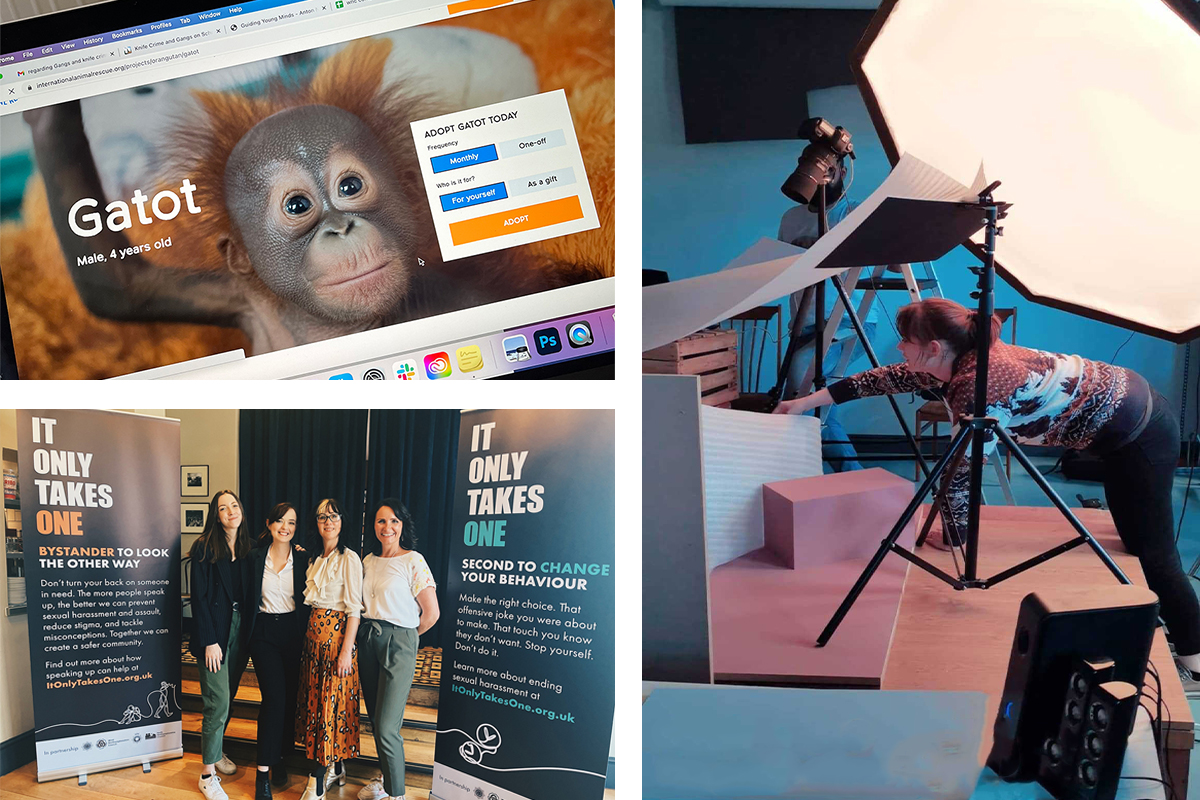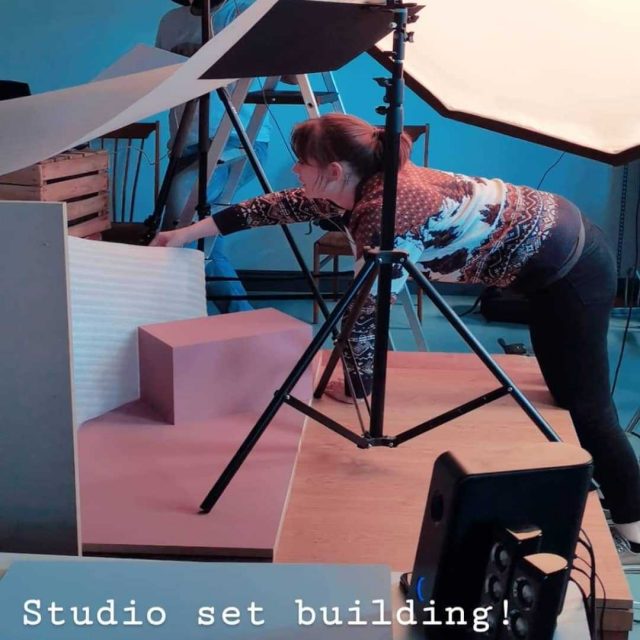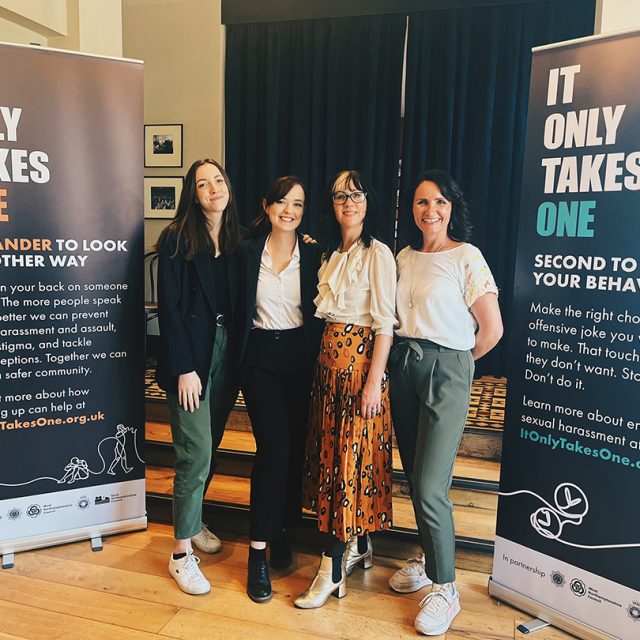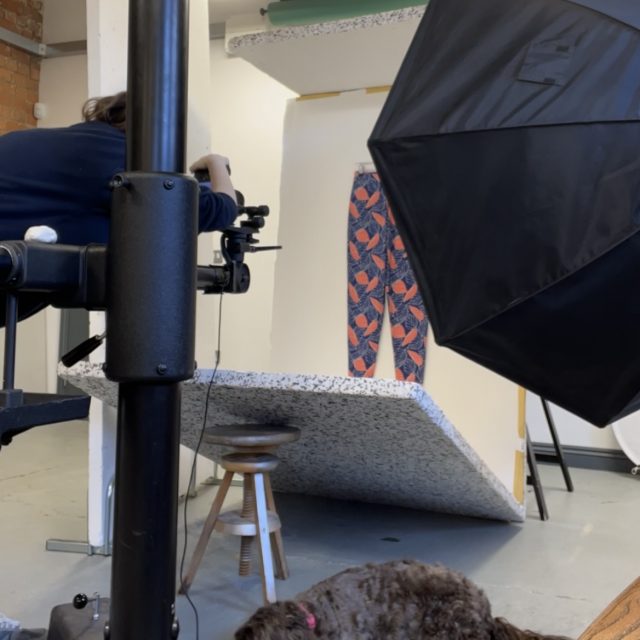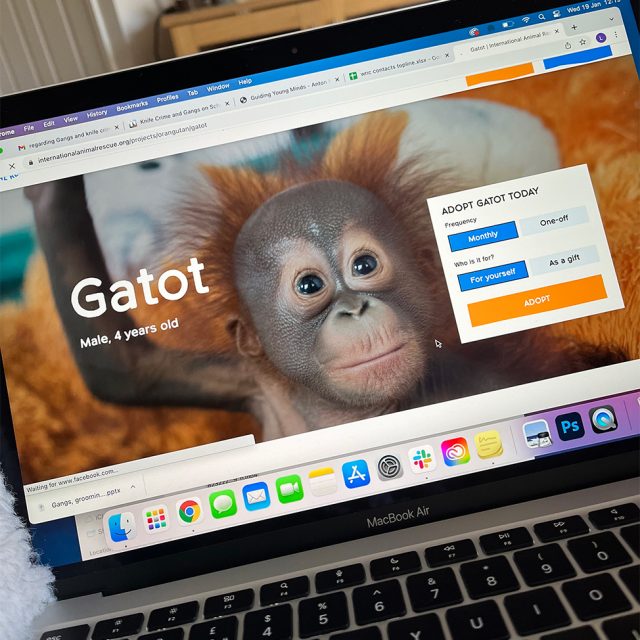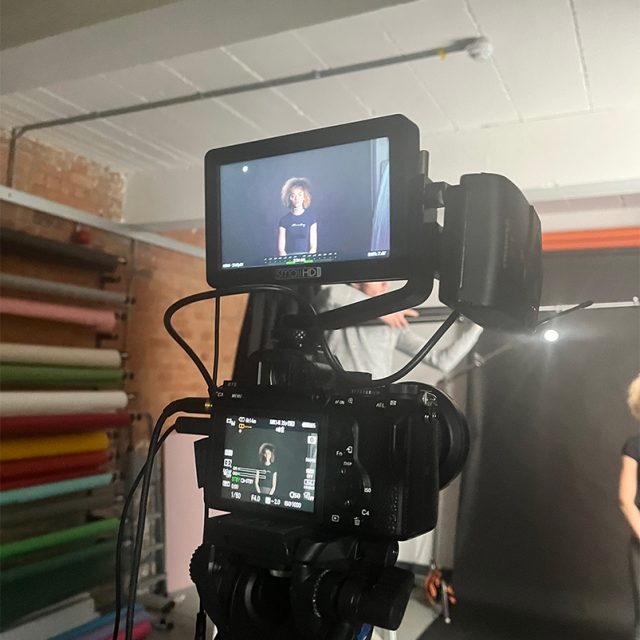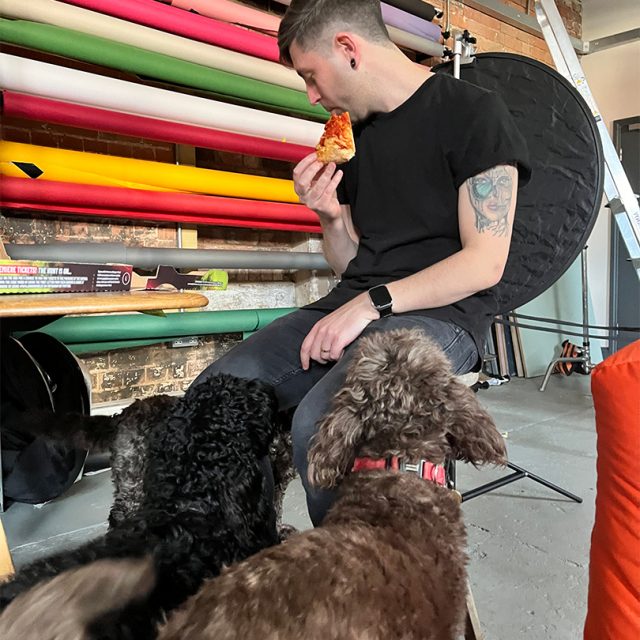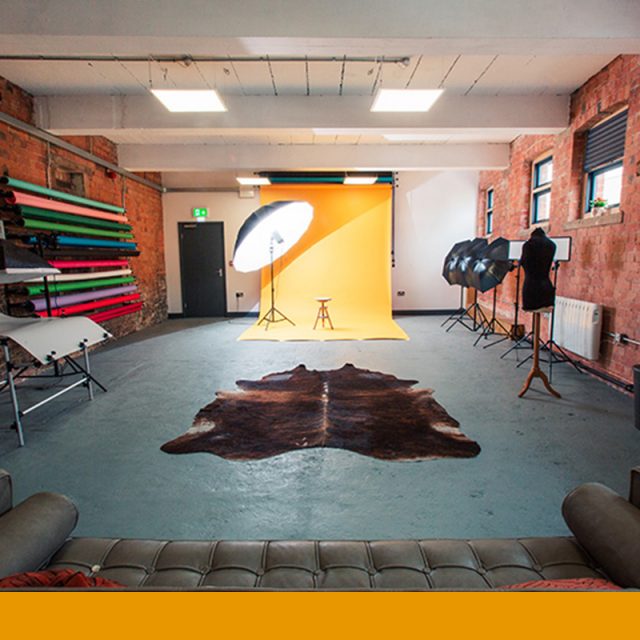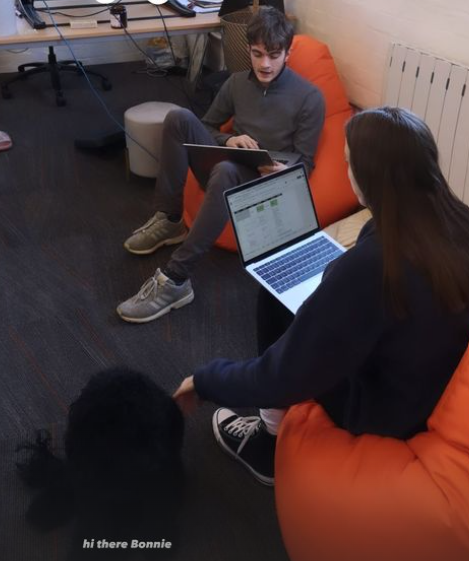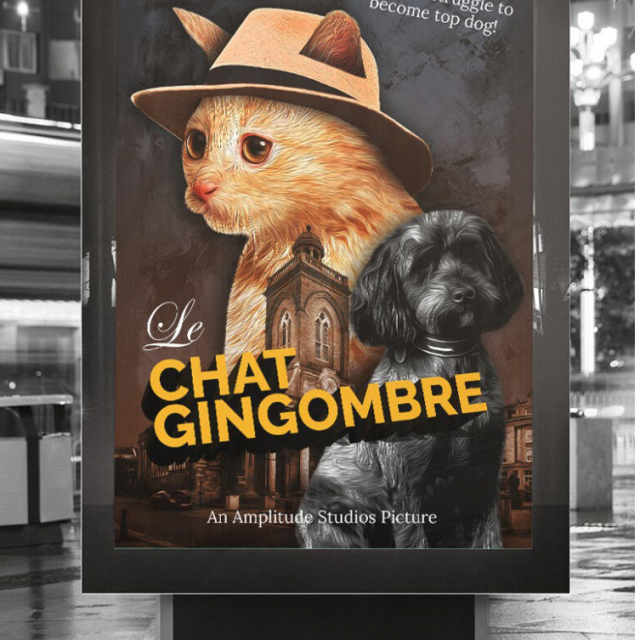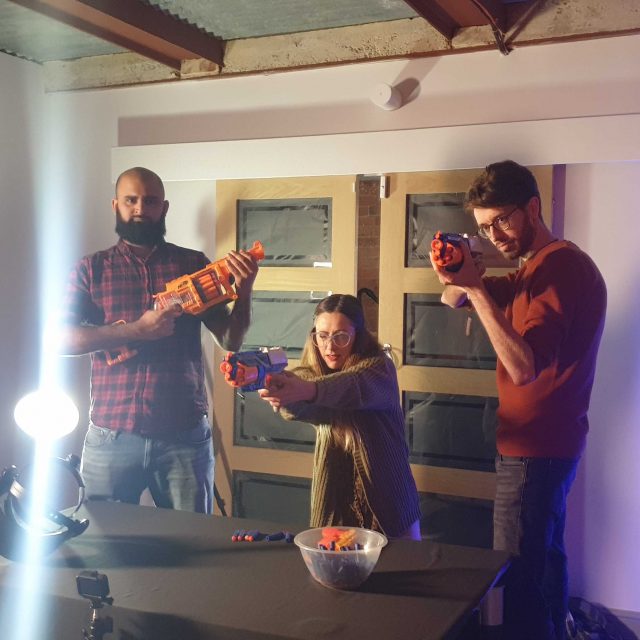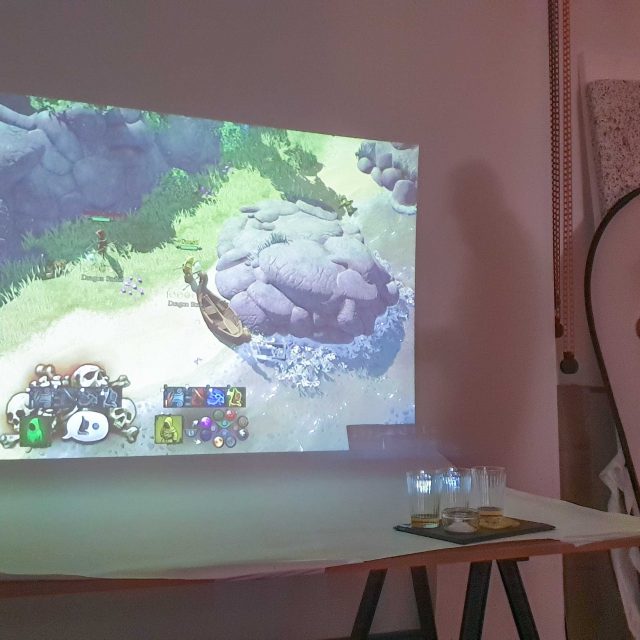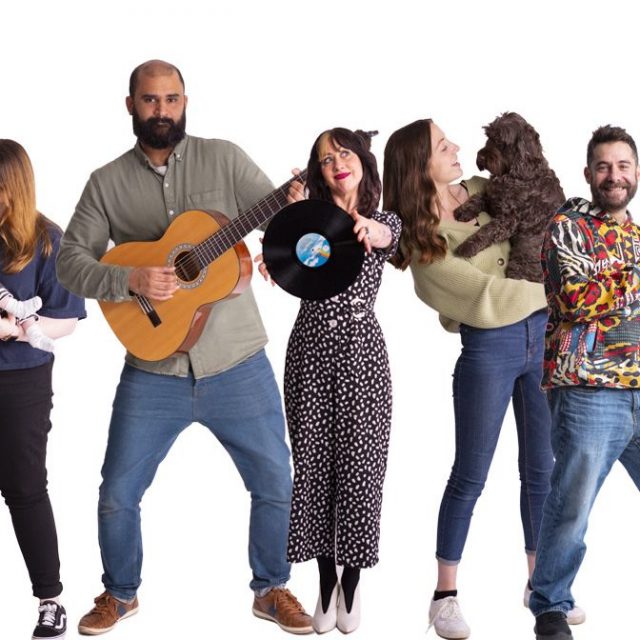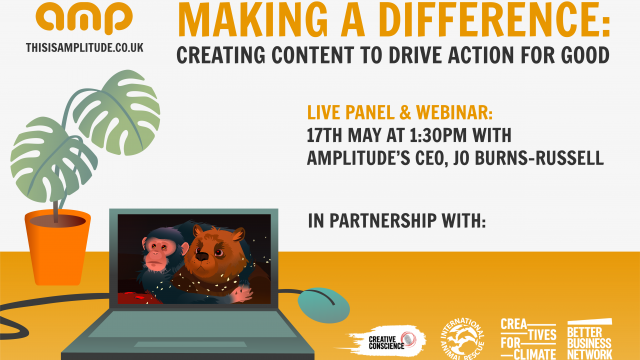Play as Part of the Creative Process
One of our core values is “Happy Team, Happy Client”. To expand on that, we believe that if our team is happy doing the work, our clients will be happy with the work. It’s a philosophy that’s served us well, and – we think – one of the core reasons our clients come to us in the first place, and stick with us year on year.
People enjoying their work results in more creativity and innovation, and top customer service. It generates more trust and openness between our employees, and between us and our clients.
So, how do we make Amplitude a fun place to work without sacrificing deadlines or professionalism? And how can other companies do the same?
The trick is incorporating play as part of the creative process.
What is play?
‘Play’ is a word that’s not often associated with business. In fact, it’s more commonly associated with children, sport, and games. But play shouldn’t be dismissed so easily, because play is how we learn.
Children use play to test their abilities, learn social skills, and learn their limits.
Sports stars use play to improve their skills and teamwork, and come up with new strategies and techniques.
Players of games use play to understand the rules of the game and eventually master them.
We see, then, that ‘play’ is essentially ‘learning, but fun’.
So, if play is a combination of fun, experimentation, and learning, it follows that play can lead to innovation and creativity. And if people are having fun while they work, they’ll be happier, and happiness improves productivity.
Play As Part of the Creative Process
We incorporate play and fun into our creative process in several ways:
- Giving people the tasks that align most with their interests
- Challenging people to grow
- Providing a vibrant, flexible work environment
- Allowing time to socialise
Aligning Tasks with Interests
We’re fortunate that most of Team Amplitude has a variety of creative skills and passions, and that many of these skills align well with the work we do on behalf of our clients. We’ve got photographers, videographers, writers, social media masters, musicians, illustrators, graphic designers, spreadsheet wizards, admin powerhouses, game designers, stage performers, and more. On top of that, our team has wildly varied interests and experiences. All of this means that when a new project comes through, we’re usually able to allocate that project to the people whose interest and skills it best suits.
It might sound like we stumbled into this, but our hiring decisions have been careful and deliberate. We’ve sought to plug skills gaps and embrace individuality, and – in particular – we’ve looked for people who are passionate about learning new skills and developing the ones they have.
So, when projects come through we can create a project team that already has a passion for the work to be completed. It feels more like play simply because it aligns with the team’s existing interests, leading to a happier, more satisfied team, and better results for our clients.
Challenging People to Grow
“Challenging” people might not sound like fun, but it’s actually an essential part of play. Going back to the examples from earlier (children, sports stars, and game players), we can clearly see that challenge is essential to improving skills, and though it may sound counter-intuitive, challenge is where the fun lies: we get a serotonin boost when we accomplish things that we find challenging, and from recognising our own improved skills.
“Real fun comes from challenges that are always at the margin of our ability” – Raph Koster.
We incorporate challenge by pushing the boundaries of what our team is capable of. The key thing here is that we don’t give people tasks wildly outside their comfort zones, but instead design projects that ask people to improve skills they already have, or learn additional skills that are complementary to both their interests and project needs.
For example, we might challenge Susan, our illustrator, with illustrating in a new style. Our copywriters might be asked to write in a tone of voice they’ve never tried before. Our photographers and videographers might be tasked with larger, more ambitious projects than any they’ve managed before. Learning involves experimentation, and it’s this that breeds innovation.
Another key part of this is providing support. We give our creatives time to research whatever they need to meet these challenges, and time to talk through these challenges with other members of the team.
All of this means we provide more value for our clients, giving them project deliverables that are uniquely their own. It also provides added value for us, because at the end of each project we have a team that is stronger and more skillful than it was at the start.
Vibrant, Flexible Work Environment
Creativity comes more easily in a creative environment. We keep our studio, meeting room, and office space colourful and vibrant, and we’re happy (more than happy, thrilled) to indulge in a little silliness every now and again.
Coming hand in hand with this is our mindset around when and where people work. Simply put, we don’t mind where or when people work provided the work gets done and the client is happy. Some of our team come to the studio every day, some work remotely every day, and others work evenings due to childcare and other commitments. It’s our job to plan project timelines that factor all of this in.
It’s all about that work-life balance.
Time to Socialise
The final ingredient in creating a playful, productive work environment is socialising. We encourage our staff to talk about their interests and showcase their passions. It makes for interesting conversations, and because people’s interests align with their work, you never know when something said in one of these conversations will have a knock-on positive effect on client deliverables.
But we’re fine if it’s not work related too. Easter egg hunts, games nights, a laugh about something we’ve seen on socials that morning. All of this helps members of the team see each other as real people, not just colleagues, and helps make fun and play part of the process.
Baby Steps – Make play part of your creative process
The nature of our business and industry makes incorporating play into our processes easier. Play and creativity come hand-in-hand, after all. But we reckon there are ways any business can take steps in this direction.
- Make sure your employees are seen as people first and workers second.
- Seek to understand the range of skills and passions your employees have. Could you adapt their roles slightly to better suit them?
- Recognise that flexible working will become more and more commonplace. Consider running a few small-scale tests, especially if anyone has requested being able to work from home or said they’re struggling to do standard working hours.
- Set challenges for people in line with their interests (start small).
- Make time for socialising at work. You might not like the idea of employees using work time for non-work talk, but they’ll find time to talk about the latest Marvel release whether you give it to them or not. By providing that time yourself, they’ll be happier with their work environment.
Your mileage may vary, but hopefully some of these tips work for you and your business. We’d love to hear your thoughts, especially if you’ve tried out anything we’ve talked about. Good luck making play part of your creative process!


